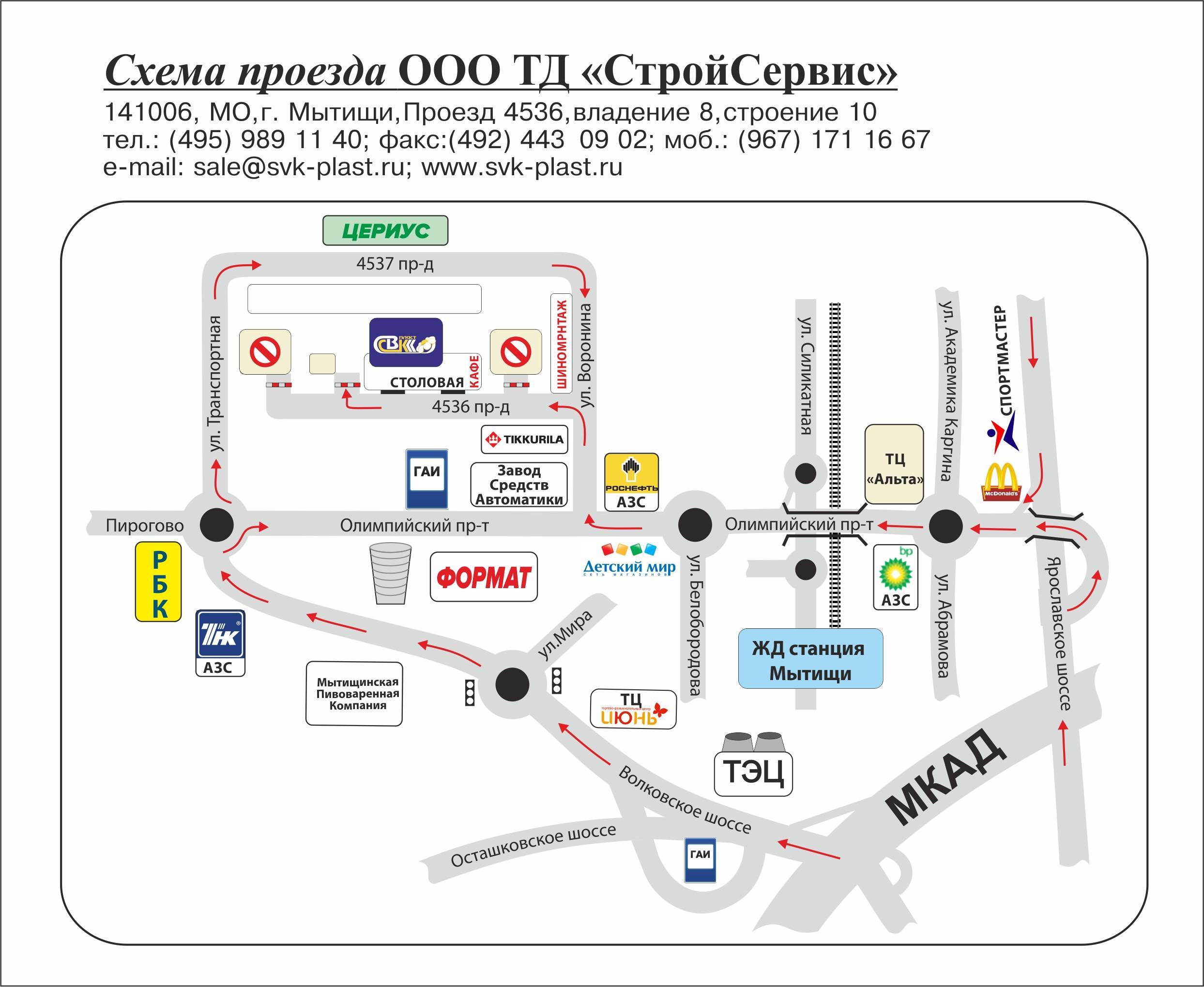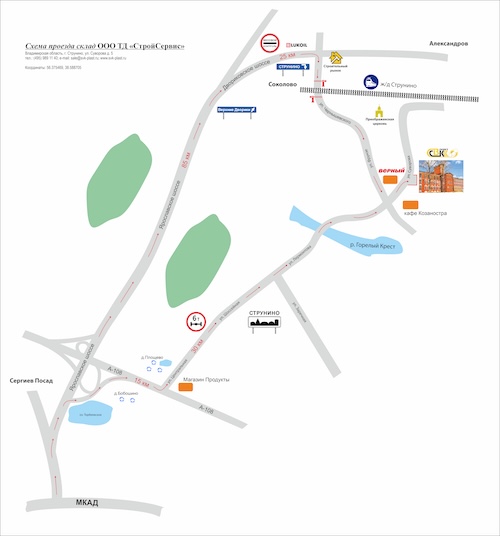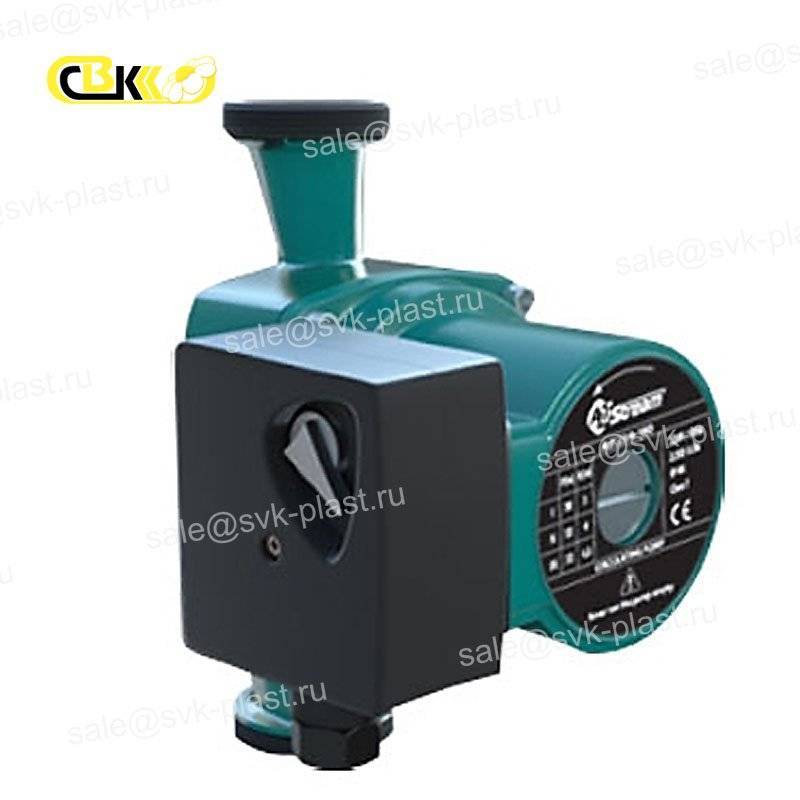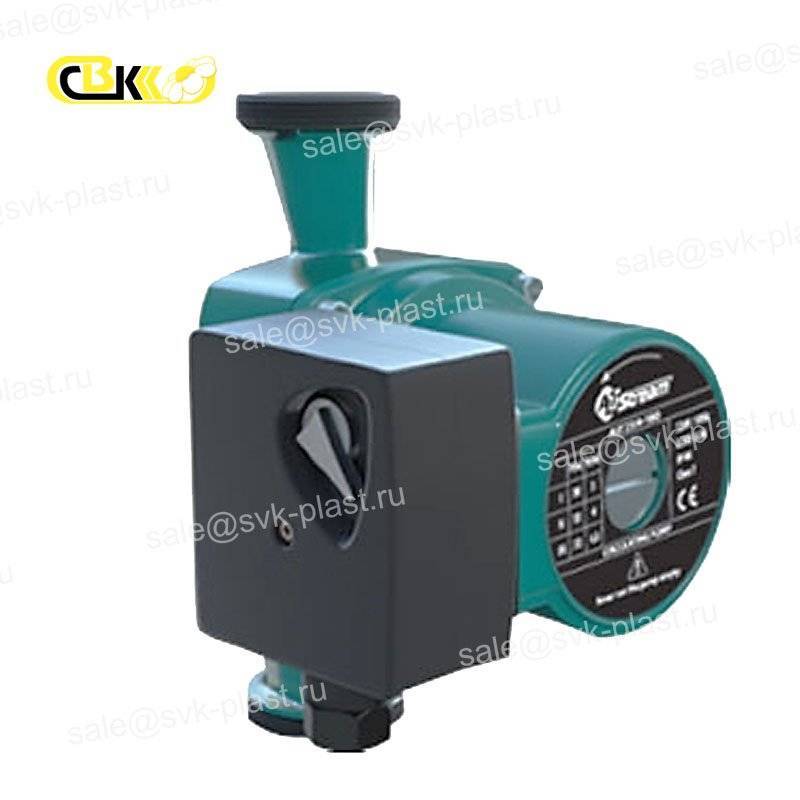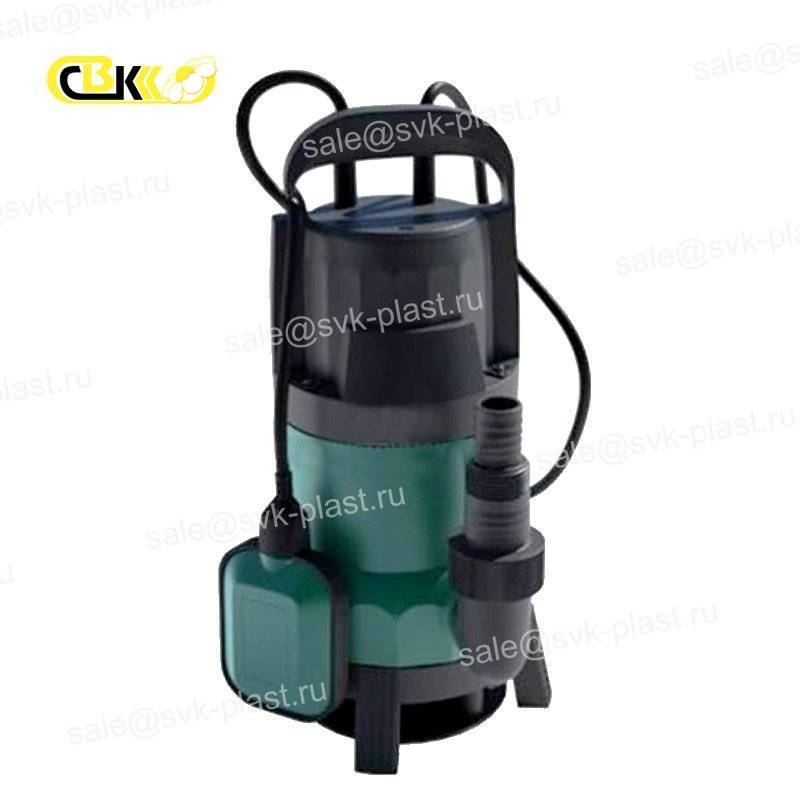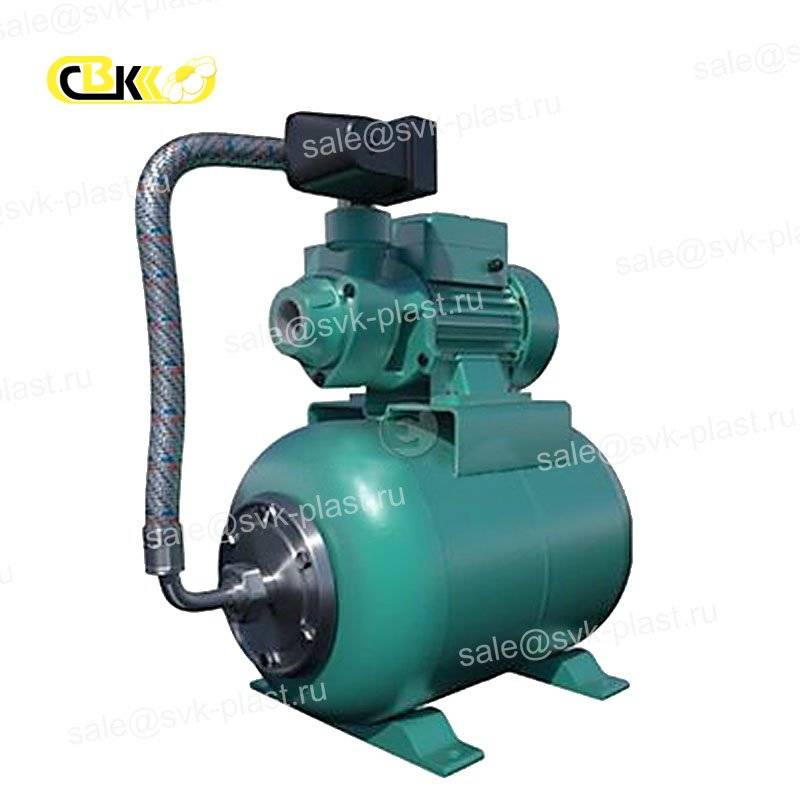Altstream Pumps
The Altstream pump line includes the main equipment that is necessary for cottage and low-rise construction
- Circulation pumps, for heating systems
- Self-priming pumps and pumping stations, submersible pumps, for the organization of water supply systems
- Drainage and fecal pumps, for drainage and Sewerage systems
Products under the Altstream brand stand out from their competitors with high reliability and low price
Altstream circulation pumps, which are offered by TD Stroy Service, can be used for quick and easy pumping of liquid in the heating, water supply and air conditioning systems The operating pressure they can withstand is 10 atmospheres In this case, the temperature range of the liquid should be from +10 to 110 degrees Celsius They work with both plain water and a mixture of glycol You can also use various inhibitory additives that can provide protection against rust and corrosion
If you choose a circulation pump with a wet rotor, the internal parts will be washed with the pumped liquid Shafts of this type do not need to be sealed and do not require maintenance Working fluids not only wash all internal parts, but also cool them That is why they are considered one of the best products on our market
Due to the fact that their body is made of cast iron, they are highly reliable and durable The motor winding of such units is made of high-quality copper wire Therefore, they do not need additional protection The shaft is made of ceramic This ensures long-term uninterrupted operation with virtually no noise The quiet operation of the pump is also facilitated by the ceramic bearing and precise balancing of the rotor Each of the units has a three-core copper cable This provides the pump with electrical safety and reliability in operation However, it is quite easy to install His pipes are installed with special pad under the key It is necessary to tighten the threaded connections, and you get a secure fit
In the package with the product is a cable, nuts and plug
ALT-180 circulation pumps
| Vendor code | Name |
|---|---|
| 025010107 | ALT-N Pump ALT 32/8-180 |
| 025010105 | ALT-N Pump ALT 32/4-180 |
| 025010106 | ALT-N Pump ALT 32/6-180 |
| 025010101 | ALT-N Pump ALT 25/4-180 |
| 025010103 | ALT-N Pump ALT 25/8-180 |
| 025010102 | ALT-N Pump ALT 25/6-180 |
ALT-130 circulation pumps
| Vendor code | Name |
|---|---|
| 025010112 | ALT-N Pump ALT 25/6-130 |
| 025010111 | ALT-N Pump ALT 25/4-130 |
Altstream drainage pump
| Vendor code | Name |
|---|---|
| 025050201 | Drainage pump ALT H-250A (stainless steel)body) |
| 025050101 | ALT h - 400AW drainage pump (Plast.body) |
| 025050102 | ALT h - 550AW drainage pump (Plast.body) |
Altstream pumping station
| Vendor code | Name |
|---|---|
| 025040101 | ALT-N pumping station ALT G-60-24L |
| 025040102 | ALT-N pumping station ALT G-70-24L |
| 025040103 | ALT-N pumping station ALT G-80-24L |
FEATURES OF CHOOSING A CIRCULATION PUMP
The heating system of a private house is based on the principle of natural circulation of the heat carrier through pipes For large multi-storey buildings, a system with a forced or forced circulation principle is suitable
The device of the circulation pump
This type of pump belongs to the category of highly specialized units The key purpose of such equipment is to maintain the forced circulation of liquid in a closed type heating system
Internal device:
- the pump body consists of metal elements with high resistance to corrosion, for example, steel, cast iron, brass, bronze On the case there is a tn snail-a connecting component used for connecting to the pipes of the heating circuit;
- rotor-is the main working element, made of ceramic or alloy steel;
- shaft with an impeller (paddle wheel) - circulates the liquid through the system, sucking it on one side, and on the other – pumping it into the circuit;
- power source-electric motor;
- pump-generates discharge at the input and compression at the output
Depending on the specific design, pumps for heating systems are divided into 2 categories:
- dry-the rotor does not come into contact with the circulating liquid;
- wet-the rotor is half or completely submerged in the liquid
Technical characteristics of the pump
Regardless of the type, the circulation pump always has technical characteristics that determine its functionality The list of key parameters specified in the product data sheet includes head (pressure), capacity (power) and flow rate
Calculation of head
The pump head is usually measured in "meters of water column" (mwaters'st) or in atmospheres (ATM) To translate indicators from one measurement system to another, you can use special tables The head size can be found on the nameplate located on the pump body, or in the product data sheet
When making calculations, follow the following recommendations:
- the pressure should be calculated for each house and room separately;
- a properly sized pump is required to maintain optimal pressure, without substantial hydraulic losses;
- as a rule, the technical data sheet contains a special graph that helps determine the level of pressure and power;
- first, the speed mode of the pump is selected, then the required pressure level is calculated by summing all the hydraulic resistances of the heating system: each bend and turn of the pipeline, as well as the tees;
- the calculation of hydraulic resistance is performed without taking into account the height of the building, since this parameter is insignificant (in a closed heating system, the principle of communicating vessels applies);
- for a closed heating system of high-rise buildings, the hydraulic resistance ranges from 2 to 4 mwaters'st, which is equivalent to 0.2-0.4 ATM;
- every 10 meters of the circulation ring corresponds to 60 cm of pump pressure
To understand this issue, consider the Grundfos pump unit model UPS 25/40, produced by a well-known manufacturer of electrical equipment
There are two digits in the marking:
- The first – 25-indicates the diameter of the pipes, which is equal to 1 inch, which is equivalent to 2.5 cm Most of the pipes used today are of this or slightly larger cross-section (for example, 1.25 inches, which is equivalent to 3.2 cm) When choosing a pump, you need to make sure that its marking fully corresponds to the cross section of the pipeline and adapters used in the heating system The unit body always has information about the power consumption for different operating modes and the number of rotations of the rotor, and arrows indicate the direction of movement of the heated coolant
- The second – 40-indicates the height of the liquid coolant supply and is 4 meters, which is equivalent to 0.4 ATM This is an extremely important parameter that must be taken into account when selecting a pump
Determining the expense:
- the main component is the level of load on the heating system A special program for calculating the volume of heat by General indicators or by heat losses will help you determine it;
- no need to focus on EU standards In foreign countries, the value of 100 W / m2 is used, but 120 W / m2 or more is more suitable for Russian conditions;
- the flow rate can be calculated using the following formula: G = (Q/(t2–t1)) 103 Q indicates the load on the heating system and corresponds to the amount of heat consumption you need G – heat carrier consumption t2 and t1 are the temperature indicators of water at the inlet and in the return circuit, respectively To select them, you need to use the temperature chart Generally, t1 is in the range of 60-70°C, and t2 is 90-95°C This formula will allow you to choose the most suitable nanos
For non-professionals, we recommend using thermal standards for calculations For example, to warmup 10 m2 of space, regardless of the height of the room, 1 kW of heating boiler power is required Given that each section of the battery corresponds to 200 W, a minimum of 5 sections will be required to warm up 10 m 2, but you can add 1-2 additional ones After summing up the volume of sections in the house, you will get the desired value G + 3-5%
Selecting the power of the device taking into account external conditions
Calculations based on formulas are necessary, however, formulas often do not take into account the impact of external conditions To correct this shortcoming, you need to consider the following factors:
- outdoor temperature This indicator strongly affects the amount of heat produced, and hence the pump performance "Cold "equipment does not function as efficiently as" warmed-up " equipment» If you exceed the permissible load level, the pump will overheat, which is why it is so important to take into account the temperature of the air outside the window;
- pipe cross section Consumers often consider the cross section of pipes to be a key criterion for heating quality However, keep in mind that the larger the diameter, the higher the power of the unit should be;
- heat carrier viscosity If the heating system does not use water, but a more viscous heat carrier, the pump power should be higher;
- the frequency of circulation It is absolutely necessary to take into account the principle of operation of the pump: constant or periodic If the pump is used as an additional equipment for periodically feeding the main heating system or adjusting the pressure, a low-power unit is suitable The best choice is the Willo N modelAbout 25/4, capable of lifting head up to 5 mwaters'st;
- presence of a double heating circuit Circulation pumps are often installed as a Supplement to the natural circulation system In this situation, you will need a larger pump that can provide increased pressure
Choosing a pump for ease of use
Convenience refers to the level of noise produced by the pump engine, as well as the economy of energy consumption
We will choose between two key categories of pumps: wet and dry
"Dry" pumps
Positive:
- internal elements do not come into contact with the heat carrier due to the presence of special gaskets-seals-aluminum, steel, ceramic or coal agglomerate In such pumps, the service life of the rotor is much longer than in the " wet " type;
- the internal elements are carefully sanded and fit snugly together Sealing rings are a guarantee that there are no leaks;
- rings last at least 3 years, which makes them a better option than stuffing boxes, which require regular maintenance;
- The efficiency of " dry " pumps can reach 80%;
- there are pumps on the market that are designed for both horizontal and vertical installation
Minuses:
- the main disadvantage is increased noise, so it is undesirable to install such a pump in living rooms As a rule, the "dry" pump is installed in a special room with sound insulation;
- need to use o-ring grease;
- mandatory quality control of the heat carrier, which should not contain foreign impurities;
- costs for maintenance and cleaning of the heat carrier
"Wet" pumps
Positive:
- no need to lubricate the impeller The main working unit is dipped in a liquid coolant, which simultaneously serves as both a motor cooler and a lubricant;
- the motor is located in an impermeable stainless steel container;
- the rotor is made of anti-corrosion materials-ceramics or aluminum alloys;
- long service life;
- virtually silent in operation (within 25 to 36 decibels);
- modular structure that makes it easier to maintain the equipment and its initial configuration, which can be done independently, even without being a specialist;
- affordable price of spare parts for the motor;
- the motor can be single-phase or three-phase;
- compact dimensions that simplify installation in hard-to-reach locations;
- cheapness
Minuses:
- low efficiency – no more than 50%, which is much lower than that of the " dry " type of pumps;
- lack of absolute tightness leads to heat loss;
- most of the manufactured pumps are designed for horizontal installation, which may be inconvenient for the consumer
The choice of pump for the price
Today, you can buy a circulation pump for the heating system both in regular stores and on the Internet
The price of the unit depends on the brand, capacity and functionality So, products of famous Italian manufacturers (DAB, Ebara, Lowara or Pedrollo) cost between $120-280 Equipment brands Wilo (Germany) and Grundfos UPS (Denmark) costs in the range of $80-800
The cost depends on the "filling" and functionality, as well as power It will not be easy to find the ideal option, so when choosing a pump, you should focus on the average characteristics
In recent years, many experts have spoken well of Chinese Altstream pumps They are compact and have a wide range of products, which allows you to quickly select the optimal device and easily install it Also, these pumps have an affordable price-from $50
Choosing a pump based on reviews
- Customer reviews can be found on the pump description pages Choose a specific model, look at the brand's page and carefully study the opinions of users If all ratings are positive – you are dealing with marketing Real buyers, in addition to the advantages, always mention the disadvantages of the product They honestly talk about their experience of using it and about the detected defects
- Professional reviews have maximum value It is the masters who have to install, debug and repair the pumps, so for advice on the choice, you should contact a specialist This will allow you to reduce the search time and find the perfect option within your budget
- Choosing a pump, you need to thoroughly study the manufacturer of the brand The company's existence period is of great importance – it must be at least 3 years Little-known and young manufacturers often have problems with the availability of maintenance due to the shortage of original spare parts
Professional advice All factors should be taken into account when choosing, but ease of installation and maintenance should play a major role


